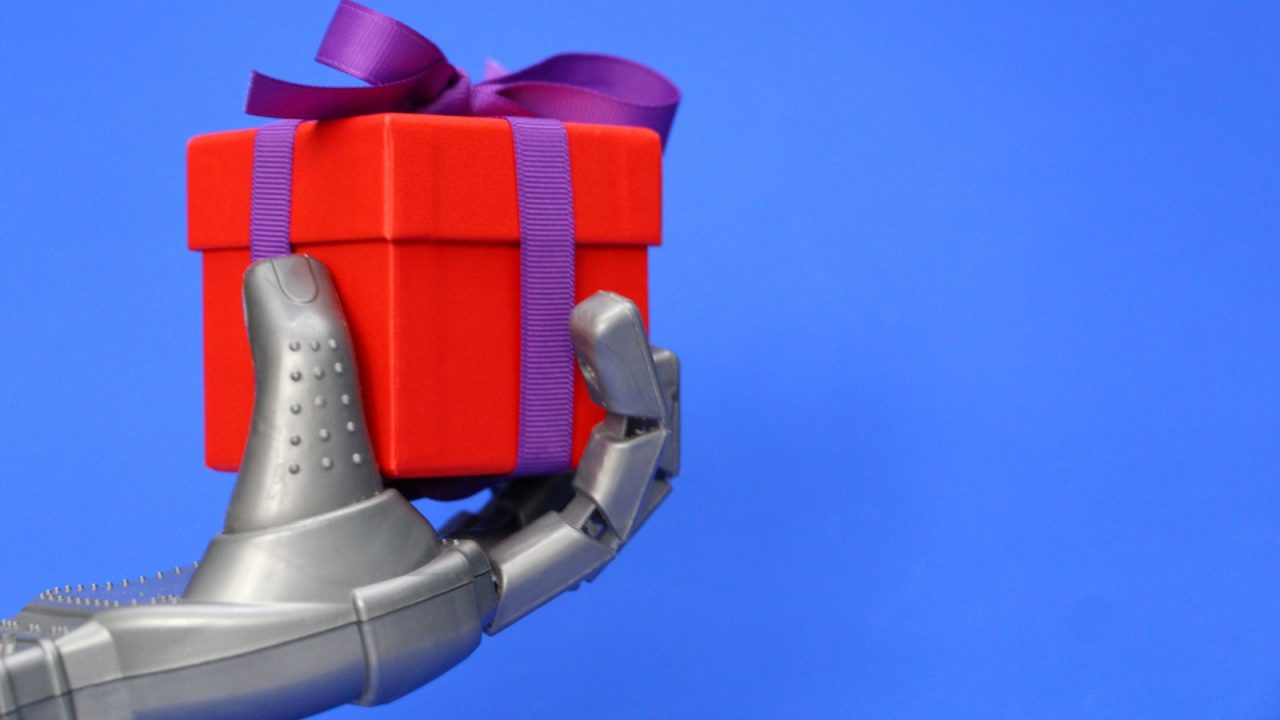New York Gov. Kathy Hochul is set to sign Carlos’ Law for worker protection. The law would set a national precedent for construction site safety, substantially raising the minimum fines for construction companies found liable for onsite injuries.
Worksites are very complex, and many factors go into creating a safe space. Following suit, innovative operators are looking at advanced technologies to boost onsite safety, including drone data visualization, which involves flying a drone over a site to capture a highly accurate 3D model of current conditions in close to real time. Using drones can’t solve every problem, but it can help not only protect workers but also encourage new ones to join your team.
How drone surveying improves jobsite safety
3D mapping a worksite with a drone keeps workers out of harm’s way, helping surveyors avoid potentially dangerous areas filled with constantly moving heavy equipment and machinery. Drone mapping also means surveyors can stay out of the heat, avoiding the risk of excess sun exposure by sending the drone out in their stead to traverse the terrains and slopes of the site.
Mapping a site with a drone is as simple as programming a flight and piloting the aircraft, and it yields just as accurate results. With flights as short as 10 minutes, drone surveying cuts down on the time needed to obtain accurate models of a site, reducing the time workers must spend in the field and thus the risk of injury.
Protecting workers on busy infrastructure sites
Drone surveying can be seen in action on McConnell Dowell’s (MD) jobsites. MD is a major construction contractor delivering large-scale civil infrastructure projects across Australia. Their sites involve live transport environments with trains, cars and trucks whizzing past in very close proximity, so ensuring all team members are conducting their work safely can be a challenge.
With so many moving parts to their concurrent projects, site managers needed a way to accurately map the current state of the site to monitor for and communicate potential hazards. They previously resorted to digital camera photos, which lacked the topographical information and context needed for the standard of safety they wanted to achieve.
By integrating drone mapping into their workflow, digital engineers were able to document the status of the site weekly from a comfortable distance, sending the drone to visualize everything instead of having to navigate through heavy machinery themselves. Engineers would then analyze the data on a collaborative platform to create an interactive 3D model of the jobsite and could share this with key stakeholders to keep them away from active areas and with subcontractors to give them a better idea of conditions before they even set foot on the property.
More easily check for and mark hazards
Drone photogrammetry pieces together thousands of images from the site into a scaled 3D model accessible via a visualization platform, allowing operators to measure key safety metrics. And since the best drone surveying software is accurate to one-tenth of a foot, operators can confidently rely on it for visual safety verifications.
Using frequent surveying and a 3D site modeling platform, operators can visually inspect haul roads and track how they change over time, or identify hazardous cambers, alerting workers to road areas that need to be avoided or leveled off. A greater surveying frequency gives more opportunity to spot hazards and detect irregularities, fissures and potential slips before they become a problem.
Once construction site managers identify these hazardous zones, they can easily mark them within the platform, creating a precise paperless visual record of site conditions. With a collaborative cloud-based platform, any—a contractor to foreman—can quickly pinpoint problem areas onsite and share them with a link or email for the entire team to see. These areas can be easily updated with the next drone survey, and the platform also allows users to pull out specific safety-related measurements to create in-depth reports for all key stakeholders.
The future of construction
Advanced drone surveying will also be instrumental in recruiting new workers to the industry. Younger workers are looking to get their hands on cutting-edge tools that make a difference in the construction space. With its high accuracy and interactive 3D modeling, drone surveying allows new recruits to visualize jobsites in a completely new fashion, helping them make more informed decisions and complete projects more efficiently.
Getting an enhanced bird’s-eye view of projects will not only inspire those new to the workforce to get involved in complex construction projects but also help keep all the workers who make them happen safe.






